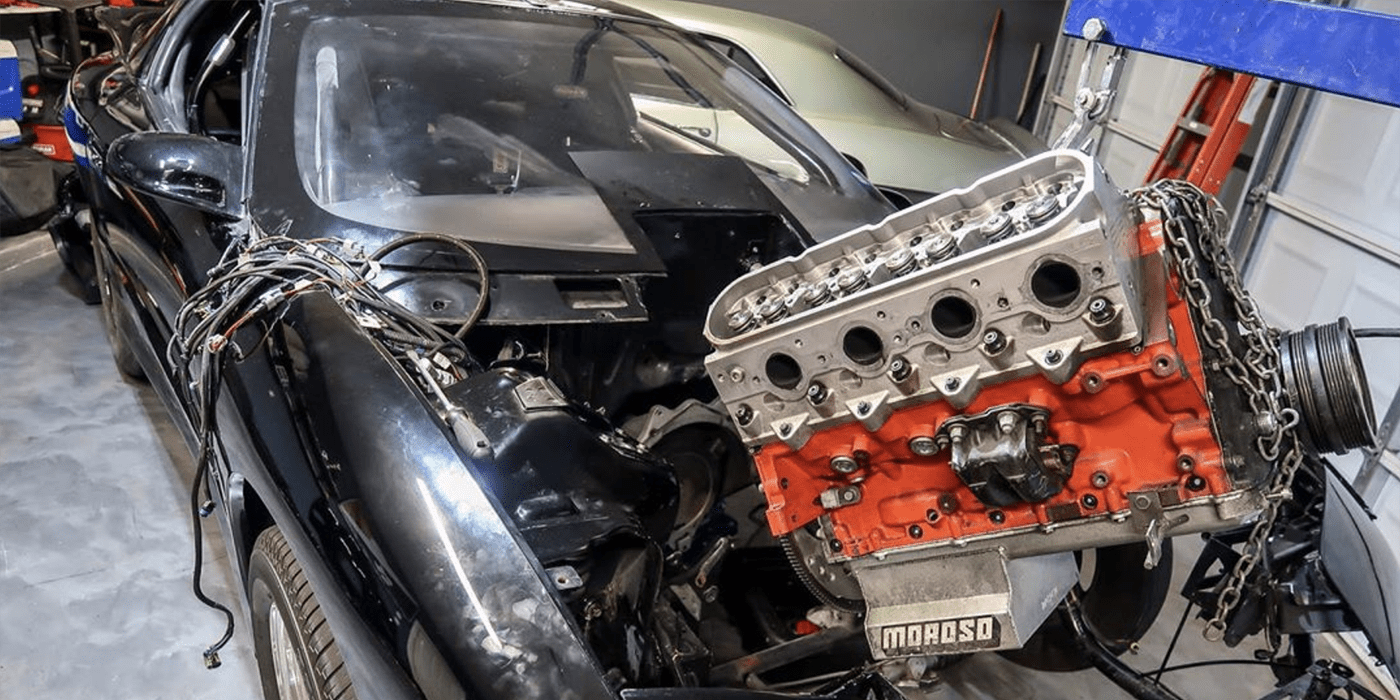An LS swap replaces an automobile's older engine with a more modern LS-series engine. The LS-series engine, also known as the Gen III or Gen IV small-block, is a family of V8 engines manufactured by General Motors. The LS swap is a famous automotive upgrade, often seen in classic muscle cars, hot rods, and other performance vehicles. It is a cost-effective and reliable way to increase horsepower and torque and improve fuel economy and reliability.
Table of Contents
The LS swap is an attractive option for many car enthusiasts because of its ease of installation and abundance of aftermarket support. It is relatively simple to complete the swap, which can be done in a few days. Additionally, the LS engine is versatile and can be modified in numerous ways to suit the driver's needs.
READ: How Much HP Can A 5.3 LS Make?
The Process
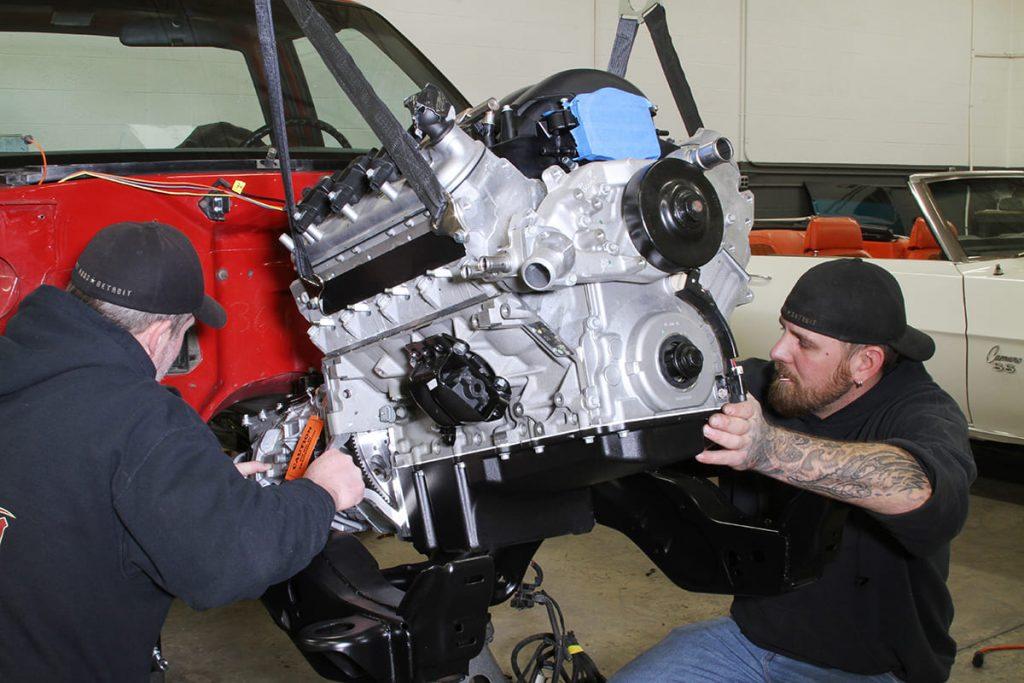
The LS swap process requires careful planning and preparation. It is essential to research the specific components required for the swap and the cost of those components. It is also crucial to consider the necessary tools, such as a transmission jack, engine hoist, and engine stand.
Once the necessary components are obtained, and the tools are gathered, the swap can begin. The first step is to remove the existing engine and transmission, which can be done with a transmission jack and engine hoist. Next, the LS engine and transmission should be mounted to an engine stand.
Then, the LS engine and transmission should be connected to the vehicle's wiring harness and exhaust system. Finally, the oil pan, intake manifold, and other components should be installed, and the engine should be filled with oil and coolant.
Components
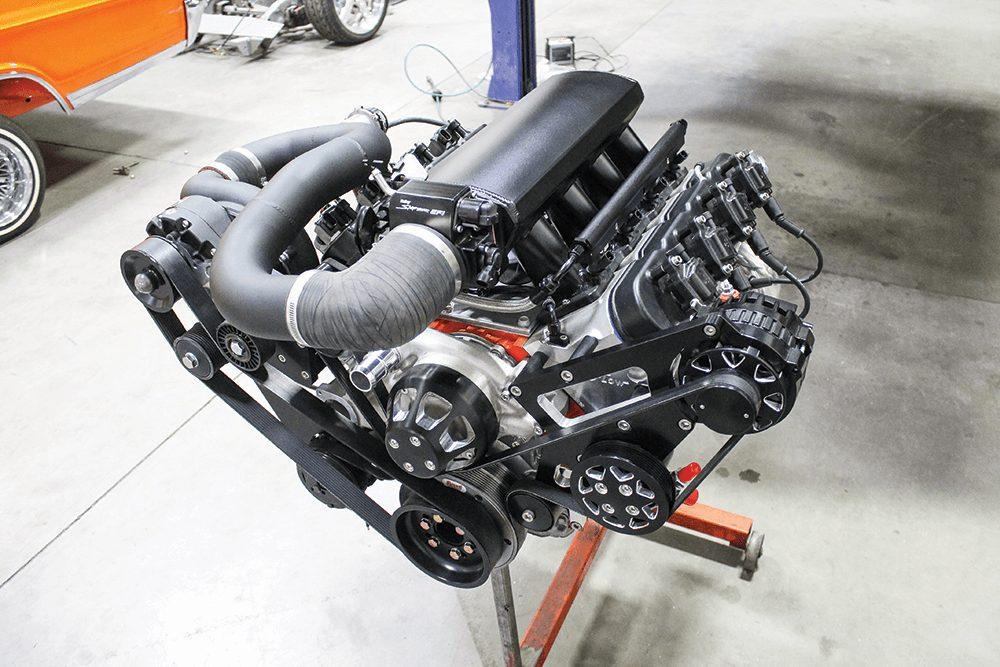
When performing an LS swap, several components must be acquired. The most critical component is the LS engine itself. This can be found in salvage yards and online stores. The engine should be in good condition, as the swap needs to be successful.
In addition to the engine, other components are needed for the swap. These include an oil pan, headers, an intake manifold, a fuel system, an exhaust system, a throttle body, and an ignition system. Additionally, a transmission, clutch, and flywheel must be obtained if the existing transmission is incompatible with the LS engine.
Engine
The engine is the heart of an LS swap. It is the part that provides the power and performance. The engine is typically a GM LS engine, such as the LS1, LS2, LS3, LS6, LS7, LS9, or LSX. Each engine has its unique characteristics, so it is important to choose the engine that is best suited for the project.
Transmission
The transmission is the part that connects the engine to the wheels. It is responsible for transferring the power from the engine to the wheels. The type of transmission used in an LS swap will depend on the vehicle and the engine. Common transmissions used with LS swaps include manual, automatic, and sequential manual transmissions.
Mounts
Mounts are used to secure the engine to the chassis. Mounts are typically made of steel or aluminum and are designed to absorb engine vibrations. Engine mounts are usually vehicle-specific, so choosing the correct mounts for the application is important.
Exhaust
The exhaust system directs the exhaust gases away from the engine. An LS swap typically requires aftermarket exhaust components, such as headers, catalytic converters, and mufflers.
Ignition System
The ignition system is responsible for supplying the spark to the spark plugs. An LS swap typically requires an aftermarket ignition system, such as a distributor, coil, wires, and spark plugs.
Fuel System
The fuel system is responsible for delivering fuel to the engine. An LS swap typically requires aftermarket fuel components, such as fuel rails, injectors, and fuel lines.
Cooling System
The cooling system is responsible for keeping the engine cool. An LS swap typically requires aftermarket cooling components, such as an aluminum radiator, electric fans, and a water pump.
Accessories
Accessories are used to complete the LS swap. Standard accessories include an alternator, power steering pump, and air conditioning compressor.
READ: Best Foxbody Suspension
Advantages
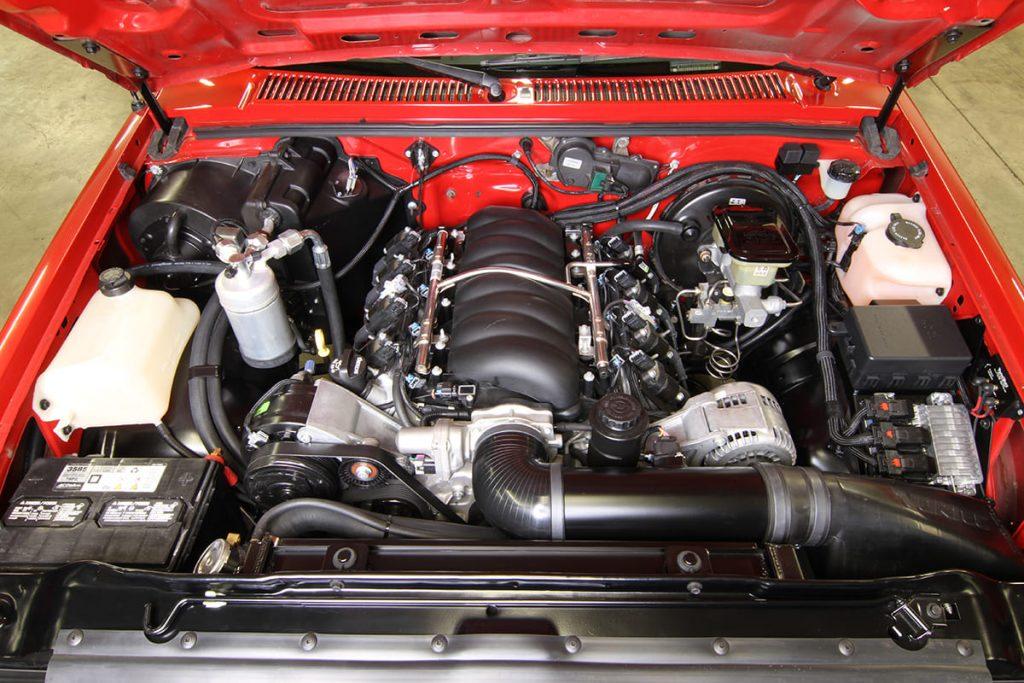
The LS swap offers several advantages. It is an affordable way to increase horsepower and torque and improve fuel economy. This can be done without sacrificing reliability. Additionally, the LS engine is versatile and can be modified in numerous ways to suit the driver's needs. The aftermarket support for the LS swap is also extensive, so it is easy to find parts and accessories for the engine.
Finally, the LS swap can be completed relatively quickly. The swap can be done in a few days with the right tools and components. This makes it an attractive option for many car enthusiasts who want to upgrade their vehicles.
Disadvantages
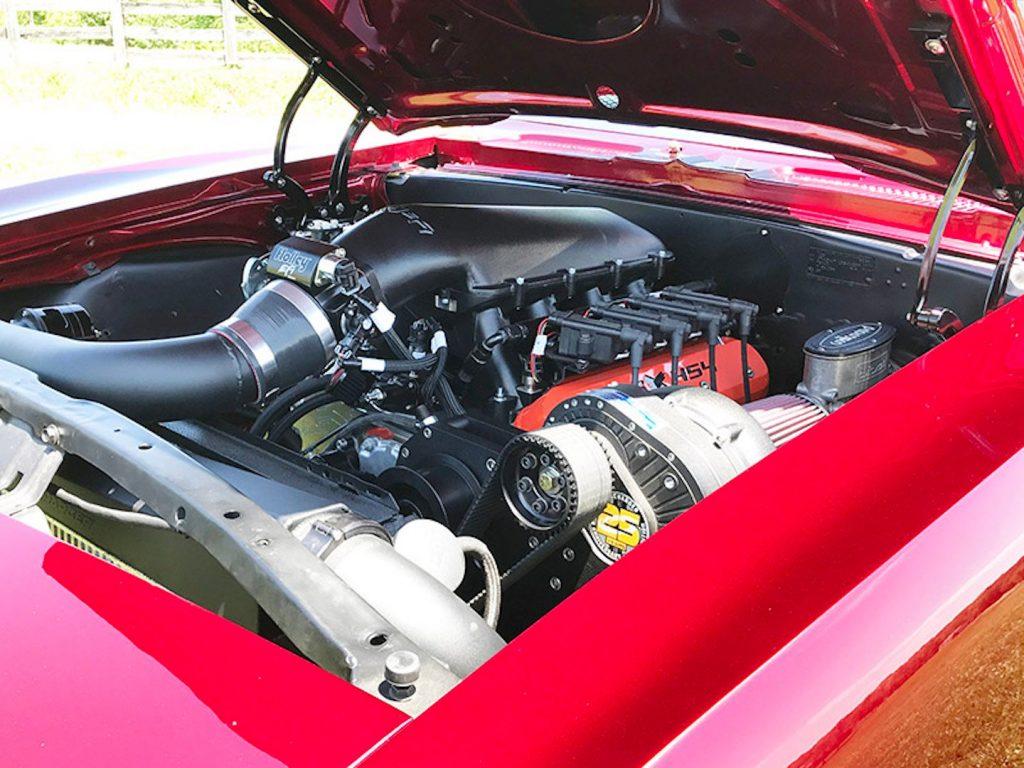
The LS swap does have some drawbacks. First, it can be expensive. The cost of the engine and all the necessary components can add up quickly. Additionally, the swap does require some mechanical knowledge and skill. It can also be time-consuming, depending on the vehicle's complexity and the modifications' extent.
Finally, the LS engine is not compatible with all vehicles. It should be researched ahead of time to ensure the swap is possible. Additionally, the wiring harness and exhaust system must be modified to fit the LS engine.
READ: What does SS mean on a car?
Conclusion
The LS swap is a famous automotive upgrade that can increase horsepower and torque and improve fuel economy and reliability. It is relatively simple to complete the swap, and it is an affordable option for many car enthusiasts.
However, it is essential to research the necessary components and tools ahead of time and ensure the swap is possible on the vehicle. With the proper knowledge and preparation, the LS swap can be a great way to upgrade a vehicle.

